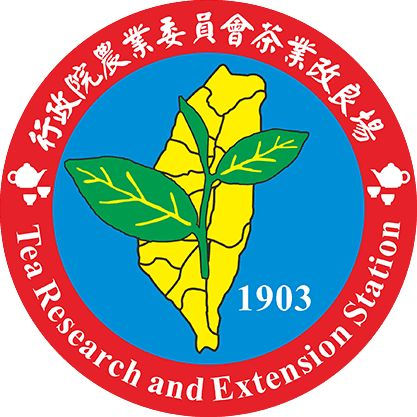一期一会

Taiwan:
The Enigmatic Gem of Tea
臺灣茶類發展歷史介
A vision for the future


Excellence around the world

茶葉可持續生產的成長
A sustainable growth industry
Tea production in Taiwan started to develop formally after 1810, influenced by varieties brought from Fuzhou and Quanzhou, especially from the Anxi region. Initially, cultivation was concentrated in the mountainous areas along the upper reaches of the Tamsui River and its tributaries, such as Daqukan Creek, Xindian Creek and Keelung River.
During this period, Taiwan experienced a boom in tea production and export, shipping large quantities to Xiamen and Fuzhou for refining and marketing. The tea industry developed into an important economic mainstay, driving the development of the highlands as the population grew and rice and sugar crops in the plains were depleted.
The person who really made Taiwan tea famous in the world was Englishman John Dodd. Dodd came to Taiwan in 1865 to inspect the camphor production areas and saw that the tea produced in the north was of good quality and the soil was suitable.
produced in the north was of good quality and the soil was suitable. He believed that tea had a promising future in Taiwan.
In 1868, Dodd established a refined tea factory in Menga (now Wanhua-Taipei), bought refining equipment and utensils, and
hired technicians from Fuzhou to guide him.
Taiwanese tea was free of the labour cost of transporting tea to Fuzhou or Xiamen for refining. This was the first time Taiwan refined its own tea.
In 1869, Dodd exported Taiwanese tea to New York, USA, under the name of Formosa Oolong Tea was very popular with American consumers, which laid the foundation for Taiwanese tea export.
